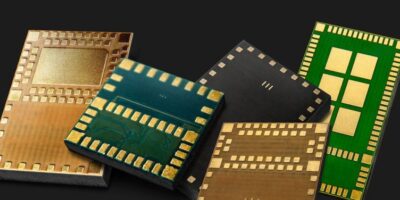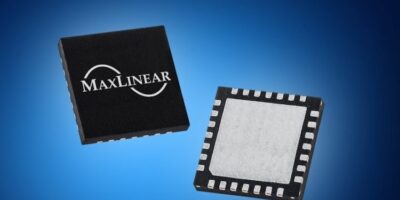Location-aware wireless sensors from Nanotron target manufacturing, healthcare and mining, while the company’s 360° Edge Analytics tools process data from any sensor in conjunction with any location radio technology.
Location-aware sensors report their location and executing data analytics at the edge of the IoT means real-time performance with low-latency location-awareness for the industrial IoT (IIoT), reported Dr Jens Albers, CEO at nanotron. He went on to say that Nanotron’s 360° Edge Analytics delivers 360° visibility of events related to people, assets, machines and vehicles.
Location-aware sensors are built on Nanotron’s swarm bee tag-ready, smart RF modules, using a common API. Available deployment and productivity tools enables customers to scale up, to increase the number of tracked objects and the size of the monitored area. Offering a per-node coverage range of up to 500m, the solution tracks objects with an accuracy down to 100mm. It leverages the advantages of concurrent data communication, ranging and tracking and provides a power-efficient approach for extended battery life of mobile devices.
Functions can be as straightforward as automatic collision warning and real-time tracking. More sophisticated and powerful sensing and location-awareness capabilities can be added at deployment or in the future. Nanotron believes its step-by-step implementation simplifies the deployment process as well as software integration to minimise time to market.
Nanotron is a provider of electronic location awareness solutions to deliver position data augmented by context information in real-time.







